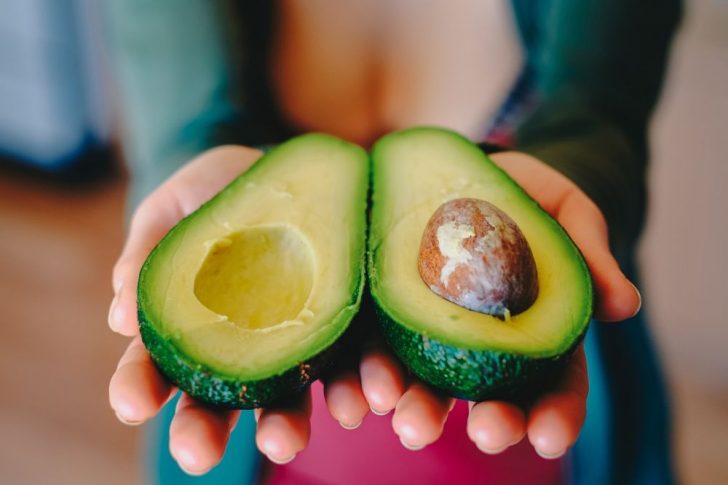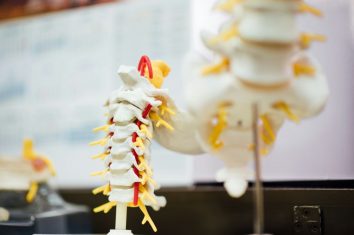High Protein Diet: A Comprehensive Guide to Achieving Optimal Health

Introduction
A high protein diet has gained significant popularity in recent years due to its potential health benefits and ability to aid in weight loss, muscle gain, and overall fitness. In this article, we will provide a detailed overview of the high protein diet, including its definition, various types, popularity, and the quantitative measurements associated with it. Additionally, we will explore the differences between different high protein diets and examine the historical pros and cons associated with them.
What is a High Protein Diet?

A high protein diet is a dietary approach that emphasizes the consumption of foods rich in protein. Protein is an essential macronutrient that plays a crucial role in building and repairing tissues, producing enzymes and hormones, and supporting overall growth and development. Unlike the standard western diet, which is often high in carbohydrates, a high protein diet focuses primarily on protein-rich foods. This includes lean meats, poultry, fish, eggs, dairy products, legumes, nuts, and seeds.
Types of High Protein Diets
There are several types of high protein diets, each with its own unique characteristics and food choices. Some of the most popular ones include:
1. The Atkins Diet: This low-carb, high protein diet restricts carbohydrate intake while encouraging the consumption of protein and healthy fats. It is divided into four phases and aims to induce a state of ketosis, where the body burns stored fat for energy.
2. The Paleo Diet: Also known as the caveman diet, the Paleo diet promotes the consumption of foods that our ancestors would have eaten, such as lean meats, fish, fruits, vegetables, nuts, and seeds. It excludes processed foods, grains, and dairy products.
3. The Ketogenic Diet: Similar to the Atkins diet, the ketogenic diet is low in carbohydrates and high in fat and protein. It aims to shift the body’s primary fuel source from glucose to ketones, resulting in fat burning and weight loss.
Quantitative Measurement of High Protein Diets
To determine the effectiveness and impact of a high protein diet, several quantitative measurements can be considered. These include:
1. Protein Intake: The daily recommended protein intake varies depending on factors such as age, sex, weight, and activity level. Generally, consuming 0.8 grams of protein per kilogram of body weight is recommended for sedentary individuals, while active individuals may require 1.2-2.0 grams of protein per kilogram of body weight.
2. Weight Loss: High protein diets have been shown to promote weight loss, primarily by increasing satiety and reducing calorie intake. Studies have demonstrated that a higher protein intake can lead to greater initial weight loss and long-term weight maintenance compared to lower protein diets.
3. Muscle Gain: Protein plays a vital role in muscle synthesis and repair. Consuming adequate protein can facilitate muscle growth and recovery, particularly when combined with resistance training. Studies suggest that a high protein diet can enhance muscle protein synthesis and promote muscle hypertrophy.
Differences Between High Protein Diets
While all high protein diets share a common emphasis on protein intake, they differ in terms of macronutrient distribution, food choices, and specific guidelines. For example:
1. Carbohydrate Intake: Some high protein diets, such as the Atkins diet, restrict carbohydrate intake severely, while others like the Paleo diet allow for moderate carbohydrate intake from whole food sources.
2. Fat Intake: The amount and type of fat consumed can vary between high protein diets. Some advocate for higher fat intake, such as the ketogenic diet, while others prioritize lean protein sources with limited fat content.
3. Food Choices: The specific food choices within a high protein diet can differ, depending on factors such as cultural preferences, dietary restrictions, and personal preferences. Some high protein diets allow for a wider variety of foods, while others may restrict certain food groups.
Historical Pros and Cons of High Protein Diets
Over the years, high protein diets have faced both praise and criticism. Here is a historical overview of their pros and cons:
Pros:
1. Increased Satiety: Protein-rich foods tend to be more filling, keeping you satisfied and reducing cravings.
2. Muscle Preservation: A high protein diet can help preserve lean muscle mass during weight loss, preventing muscle loss.
3. Enhanced Weight Loss: High protein diets have been shown to increase metabolism and promote greater initial weight loss.
Cons:
1. Nutrient Imbalance: Strict high protein diets may lack essential nutrients found in other food groups, such as fiber, vitamins, and minerals.
2. Potential Health Risks: Long-term adherence to certain high protein diets, especially those high in saturated fats, can increase the risk of heart disease and other health conditions.
3. Sustainability: High protein diets can be challenging to maintain due to their restrictive nature and limited food choices, leading to potential difficulties in long-term adherence.
Conclusion
A high protein diet offers numerous potential benefits, including weight loss, muscle gain, and improved overall health. However, it is crucial to choose a high protein diet that aligns with personal preferences, dietary requirements, and lifestyle. Whether following the Atkins diet, Paleo diet, or ketogenic diet, ensuring an adequate protein intake and considering one’s individual needs is key. As always, it is recommended to consult with a healthcare professional or registered dietitian before making any significant dietary changes.
References:
1. Mayo Clinic Staff. (2021). High-protein diets: Are they safe? Retrieved from https://www.mayoclinic.org/healthy-lifestyle/nutrition-and-healthy-eating/expert-answers/high-protein-diets/faq-20058207
2. Manninen, A. H. (2006). Very-low-carbohydrate diets and preservation of muscle mass. Nutritional metabolism, 3, 9. doi:10.1186/1743-7075-3-9
3. Pasiakos, S. M., Lieberman, H. R., & McLellan, T. M. (2015). Effects of protein supplements on muscle damage, soreness and recovery of muscle function and physical performance: a systematic review. Sports Medicine, 45(1), 111-131. doi:10.1007/s40279-014-0242-2
FAQ
What is a high protein diet?
Can a high protein diet help with weight loss?
What are the potential risks of a high protein diet?
Fler nyheter
Boka kiropraktor i Skåne: Kunskap, kvalitet och trygg vård för rörliga liv
Introduction A high protein diet has gained significant popularity in recent years due to its potential health benefits and ability to aid in weight loss, muscle gain, and overall fitness. In this article, we will provide a detailed overview of the h...
09 december 2025
Tandreglering i Värmdö: En guide till raka tänder
Introduction A high protein diet has gained significant popularity in recent years due to its potential health benefits and ability to aid in weight loss, muscle gain, and overall fitness. In this article, we will provide a detailed overview of the h...
01 december 2025
Så här skapar du en festlig dessert med frukt
Introduction A high protein diet has gained significant popularity in recent years due to its potential health benefits and ability to aid in weight loss, muscle gain, and overall fitness. In this article, we will provide a detailed overview of the h...
28 november 2025
Så här behåller du en bra balans mellan arbete och fritid som entreprenör
Introduction A high protein diet has gained significant popularity in recent years due to its potential health benefits and ability to aid in weight loss, muscle gain, and overall fitness. In this article, we will provide a detailed overview of the h...
20 november 2025











